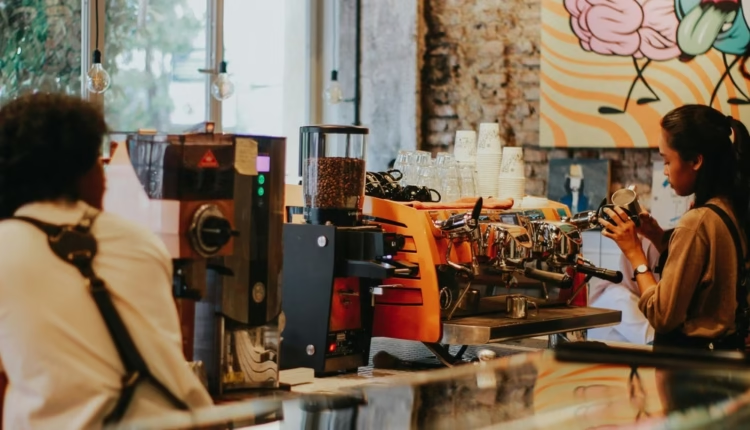The Best Place to Be: Connect with Your Customers to Evolve and Stay Relevant
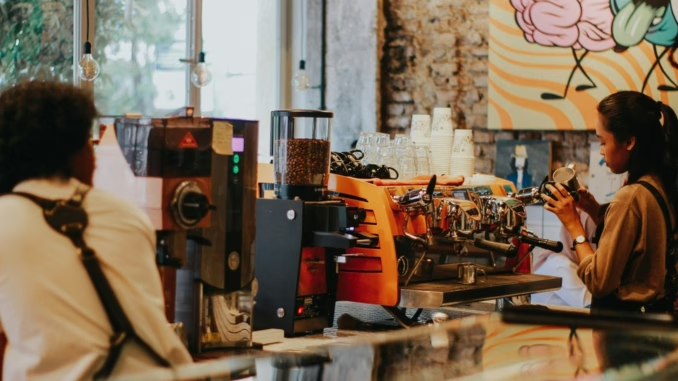
BY DAVID SCHWARTZ
FOR BARISTA MAGAZINE
Featured photo by Falaq Lazuardi
Not to detract from the enormity of the tariff situation throwing people around the world into financial tailspins, nor the fact that the volatility of the C-market thus far in 2025 has coffee professionals in every field running for cover, but there’s always something scary going on.
Remember the pandemic (and how tired you got of the word “pivot?”)? Do you recall first hearing the term “global warming” before you grew accustomed to its daily effects on your life and work? The enormity of it all is gravely serious. But what else is there to do but live and work through whatever the universe throws our way, especially as a small business owner?
Coffee professionals have demonstrated extraordinary resiliency through all of this, and you will again today and years from now. Rather than lamenting how these ordeals will negatively affect your business, we posit that you channel your energy into amassing tools to tackle them and build strength for whatever else is to come.
It all begins with identifying actionable marketing strategies designed to help coffee businesses not only survive but thrive through tariffs, recessions, and global events that affect the cost of goods. Whether you’re a roaster, coffee-shop owner, or wholesale distributor, these insights can guide you through a volatile market landscape and keep your brand strong, today and well into the future.
Pressures like these often result in higher operational costs that are passed on to consumers, ultimately affecting the price of a cup of coffee. Meanwhile, some customers may be tightening their belts, opting for value-driven purchases over premium experiences.
But it doesn’t have to be that way. Suppose you can focus on standing out for the quality of your drinks, the breadth of your hospitality, and your commitment to values that your customers share. In that case, even cost-conscious patrons will prioritize the experience you offer. Everyone wants to be a part of the best place to be.
Meet Your Customers Where They Are
Market shifts don’t necessarily spell doom for coffee businesses. Understanding consumer behavior is the first step in navigating these challenges. Customers still purchase coffee in a crisis—they may just be more discerning in how and where they spend. Some may seek exceptional experiences, while others may look for other options. In some places, for example, consumers are gravitating toward energy fruit drinks and matcha lattes. It’s critical that café owners understand these nuances, which will enable them to tailor their marketing approach effectively.
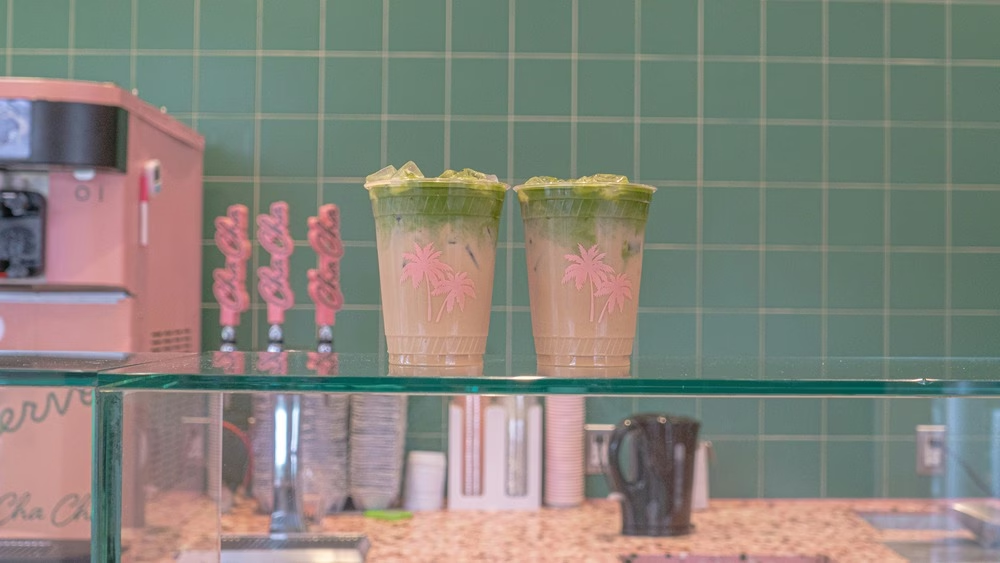

For example, the Specialty Coffee Association (SCA) reports that 60% to 70% of specialty-coffee consumers are willing to pay a premium for high-quality coffee, often due to their preference for superior taste and ethical sourcing practices. Despite rising costs due to tariffs and inflation, 30%–50% of consumers in markets such as the United States and Europe have shown that they’re still willing to purchase premium coffee, provided the added value—quality, sustainability, etc.—justifies the price. Around 40%–60% of consumers are likely to pay a premium for coffee that is sustainably sourced or has eco-friendly certifications, even when prices increase due to factors like climate change.
Refocus on Core Strengths
It’s essential for coffee businesses to double down on their core strengths. At the heart of every successful coffee business is a deep understanding of its audience. Reassessing your customer base and adjusting your offerings to meet their changing needs is a critical first step.
If you started your business 10 years ago, your clientele might be different today. For example, perhaps your guests sought you out as a place to linger over coffee with friends. Now, say that over the past 10 years, the neighborhood has expanded to include more commercial activity. This could result in your present-day regulars wanting their drinks to go. In this situation, you might consider eliminating some of your seating in favor of a longer bar so your baristas can serve multiple customers at a time.
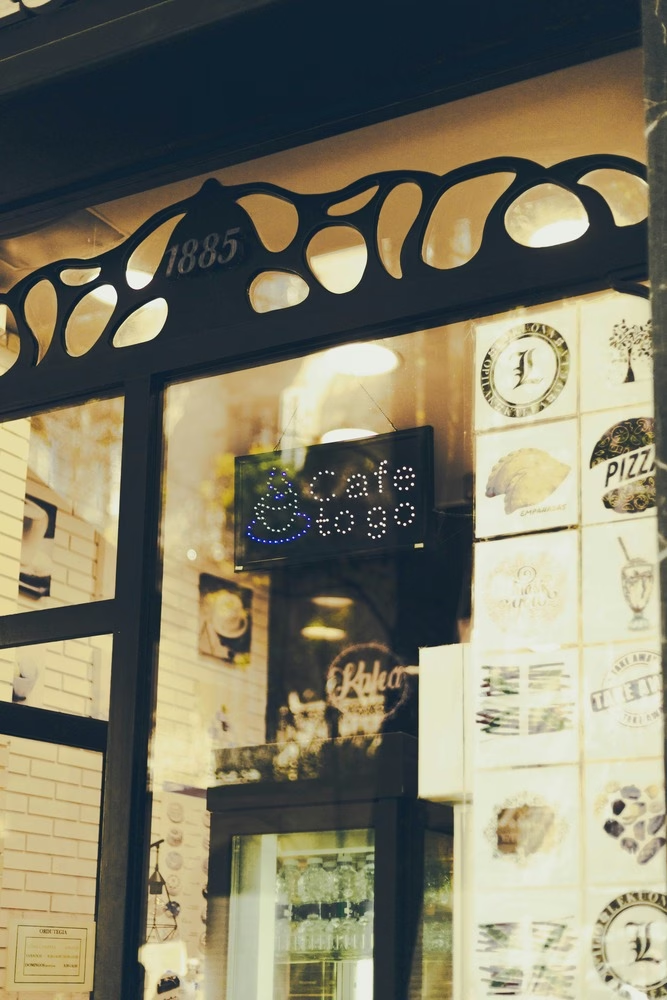


Know Your Audience
With a crowded café market, customer loyalty becomes even more important. By leveraging customer data, such as purchase history and feedback, you can create tailored experiences that resonate with your audience. If your customers are price-sensitive, consider introducing value-based offerings or loyalty incentives that maintain brand value without diminishing quality.
Maybe a preschool just opened down the street, and you suddenly have an influx of moms later in the day. These circumstances should inspire a different strategy for this previously slow time of day. Adding decaf options to the menu, expanding your food options past breakfast items, and even including an extra staff person would be among the solutions for how to evolve along with your customers’ shifting needs.
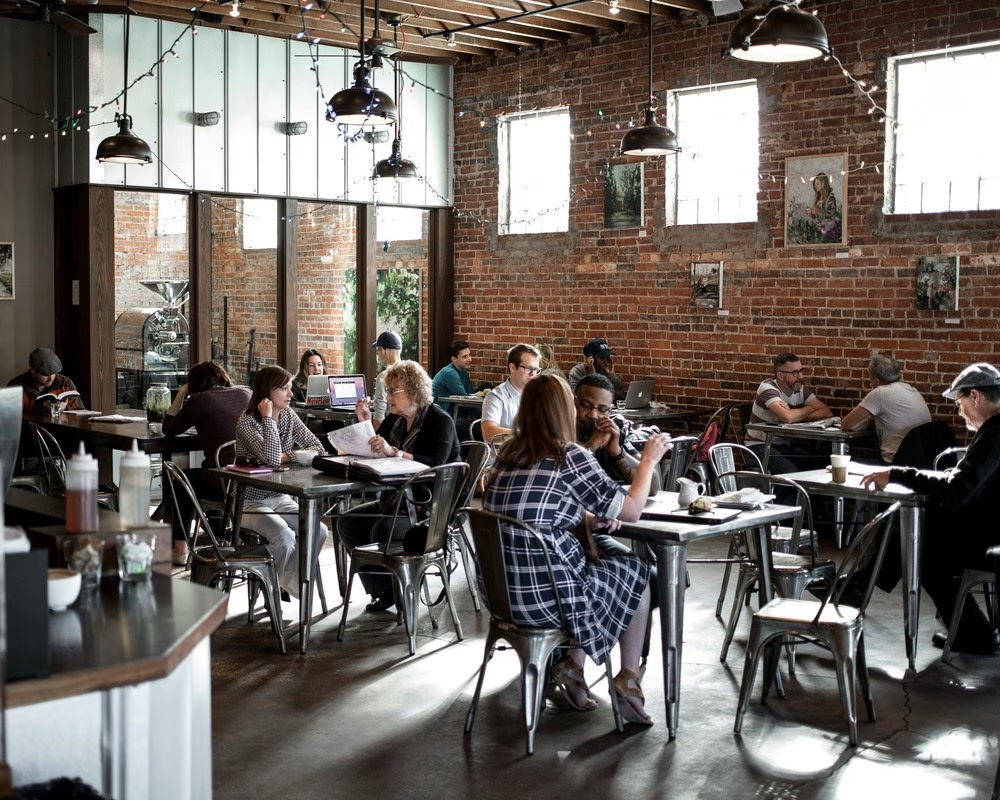


Leverage Existing Assets
Marketing budgets may be tighter, but you likely have untapped assets at your disposal. Email lists, social media followers, and in-store experiences can all be repurposed for maximum impact. For example, strengthening your email marketing campaigns can help you engage your current customers, offering them exclusive deals or new product updates.
Emphasize Authenticity
Authenticity is more important than ever. Consumers are seeking brands that are transparent, rooted in their values, and dedicated to quality. Sharing stories about your brand’s origins, sustainability practices, or how you’re navigating challenges in real-time can create deeper connections with your audience.



Creative & Cost-Effective Marketing Strategies
Creativity is your best ally. While big-budget campaigns might not be feasible, there are several low-cost marketing strategies that can generate substantial returns. Here are a few to consider:
- Guerrilla Marketing Tactics
Guerrilla marketing, a promotional strategy that uses surprise or unconventional marketing tactics, focuses on creating unexpected, attention-grabbing experiences with limited resources. Local partnerships, surprise pop-up events, or social media contests can draw attention to your business in innovative ways. For example, team up with a local bakery for a one-off collaboration or host a small community event that encourages customers to share their experiences on social media. - Storytelling & Content Marketing
Content marketing remains one of the most powerful tools in your arsenal. Use storytelling to convey your brand’s values, showcase your products, and connect with customers on a deeper level. Whether it’s through blog posts, social media, or email campaigns, storytelling creates an emotional connection that can turn casual customers into loyal advocates. Share behind-the-scenes stories, customer testimonials, or the journey of your coffee beans from farm to cup. - Geo-Targeting and Local Outreach
Geo-targeted marketing can be a game-changer for coffee shops and cafes. By focusing your marketing efforts on a specific geographic location, you can drive foot traffic directly to your store. Consider using mobile ads, geo-fenced offers, or local partnerships to increase visibility in your area. Hosting neighborhood events or offering special promotions for nearby residents can also help build a more engaged community around your brand. - Embrace Digital Tools and Innovation
While traditional methods still have value, the digital landscape offers a range of tools that can help coffee businesses thrive. - Adapt Digital Marketing Strategies
Digital marketing should be at the forefront of your strategy. If you’re not already, consider investing more in paid ads, social media campaigns, and email marketing. Social platforms like Instagram and Facebook offer robust targeting options that allow you to reach specific customer segments, while email marketing provides a direct, cost-effective way to communicate with your audience. - Data-Driven Decisions
Making data-driven decisions is crucial for maximizing your return on investment. By using analytics tools to track customer behavior, purchase patterns, and campaign performance, you can fine-tune your strategies and ensure that your marketing budget is spent wisely. Doing A/B testing for email marketing subject lines, email content, or social media ads can also help you identify what resonates best with your audience, allowing you to optimize future campaigns.
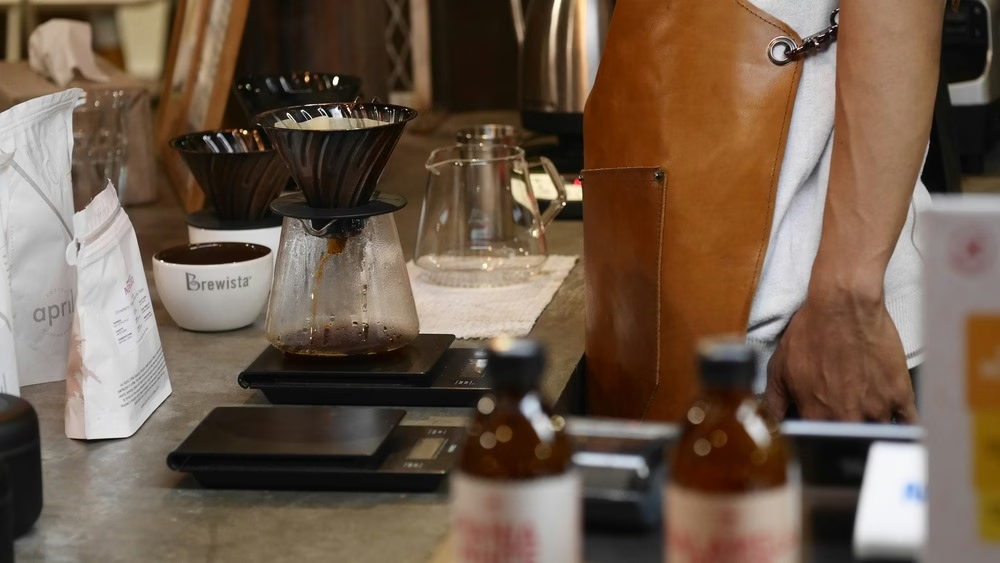


In Conclusion
While marketing during changing times may seem daunting, it’s also an opportunity to showcase the resilience, creativity, and adaptability of your business. By understanding your customers’ shifting needs, embracing cost-effective marketing strategies, and leveraging the power of digital tools, you can position your coffee business for success despite the challenges ahead.
This article originally appeared in the August + September 2025 issue of Barista Magazine. Read more of the issue online here for free.
ABOUT THE AUTHOR
David Schwartz (he/him) is the co-owner of SOS Coffee Marketing, and a seasoned expert with over 20 years of experience in specialty-coffee industry marketing and business development. Focused in strategic consulting for coffee businesses, David has a proven track record of driving growth through data-driven innovative marketing campaigns, consumer engagement strategies, and product development initiatives for roasters, cafés, and allied companies. He is dedicated to helping coffee companies thrive in competitive markets by delivering actionable insights and creative business solutions.
Subscribe and More!
As always, you can read Barista Magazine in paper by subscribing or ordering an issue.
Read the August + September 2025 Issue for free with our digital edition.
For free access to more than five years’ worth of issues, visit our digital edition archives here.
Source: Barista Magazine



